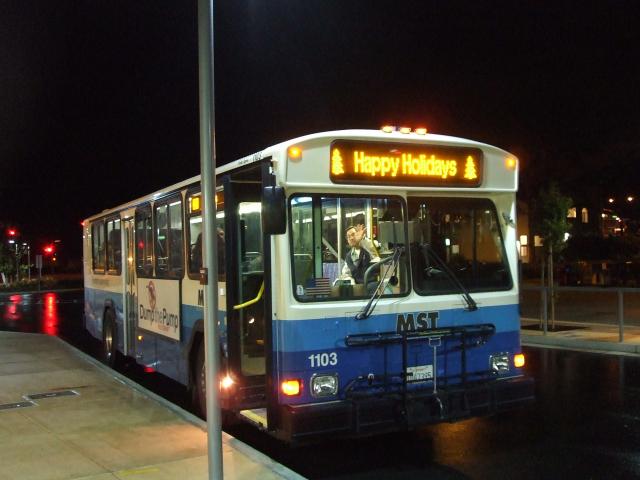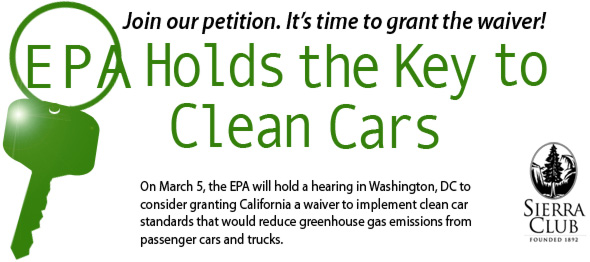A grim milestone: 80 U.S. transit systems facing cutbacks
(Source: Transportion for America)
 The Monterey-Salinas Transit System in California is one of the 80 systems chronicled on our map facing job cuts, service cuts, or fare increases. Photo submitted by Danny Avina and the MST. |
Here at Transportation for America, we’ve spent a lot of time documenting examples across the country of transit agencies cutting service, raising fares, or laying off workers to cope with slashed budgets and growing deficits. In nearly every instance we’ve found, there’s a similar pattern — declining state and federal aid, paired with decreasing revenue, pushes a local transit agency to make cuts, even while ridership remains at all time highs as residents look for cleaner or more affordable ways to get to work or go to the store.
Unfortunately, we’ve hit a grim new milestone in our search for transit cuts. Transportation for America has now documented 80 communities across the United States (even stretching up to Alaska) being hit by these service reduction, fare increases, and layoffs. You can look at all the cuts we’ve found on our transit cuts page. (Continue to let us know if we’re missing any.)
Click here to read the entire article.




 On average, Americans spent 13 fewer hours stuck in traffic in 2008 than in 2007, according to an
On average, Americans spent 13 fewer hours stuck in traffic in 2008 than in 2007, according to an 
 Welcome to the inaugural issue of The Number Thirteen Line, a monthly blog about transportation in New York and around the world. This month’s topic: The Stimulus Package and its impact on
Welcome to the inaugural issue of The Number Thirteen Line, a monthly blog about transportation in New York and around the world. This month’s topic: The Stimulus Package and its impact on  Seven hundred and ninety billion dollars, as designated in the American Recovery and Reinvestment Act, is a lot of money. Frankly, we had hoped that most of it would go toward public works projects; after all, good infrastructure projects have been shown to produce five times the GDP impact of broad-based tax cuts. Nonetheless, we understand reality doesn’t always play out the way we’d like. So we are reasonably pleased to see that $130-billion, of the $790-billion bill (16%), is intended for construction projects.
Seven hundred and ninety billion dollars, as designated in the American Recovery and Reinvestment Act, is a lot of money. Frankly, we had hoped that most of it would go toward public works projects; after all, good infrastructure projects have been shown to produce five times the GDP impact of broad-based tax cuts. Nonetheless, we understand reality doesn’t always play out the way we’d like. So we are reasonably pleased to see that $130-billion, of the $790-billion bill (16%), is intended for construction projects.